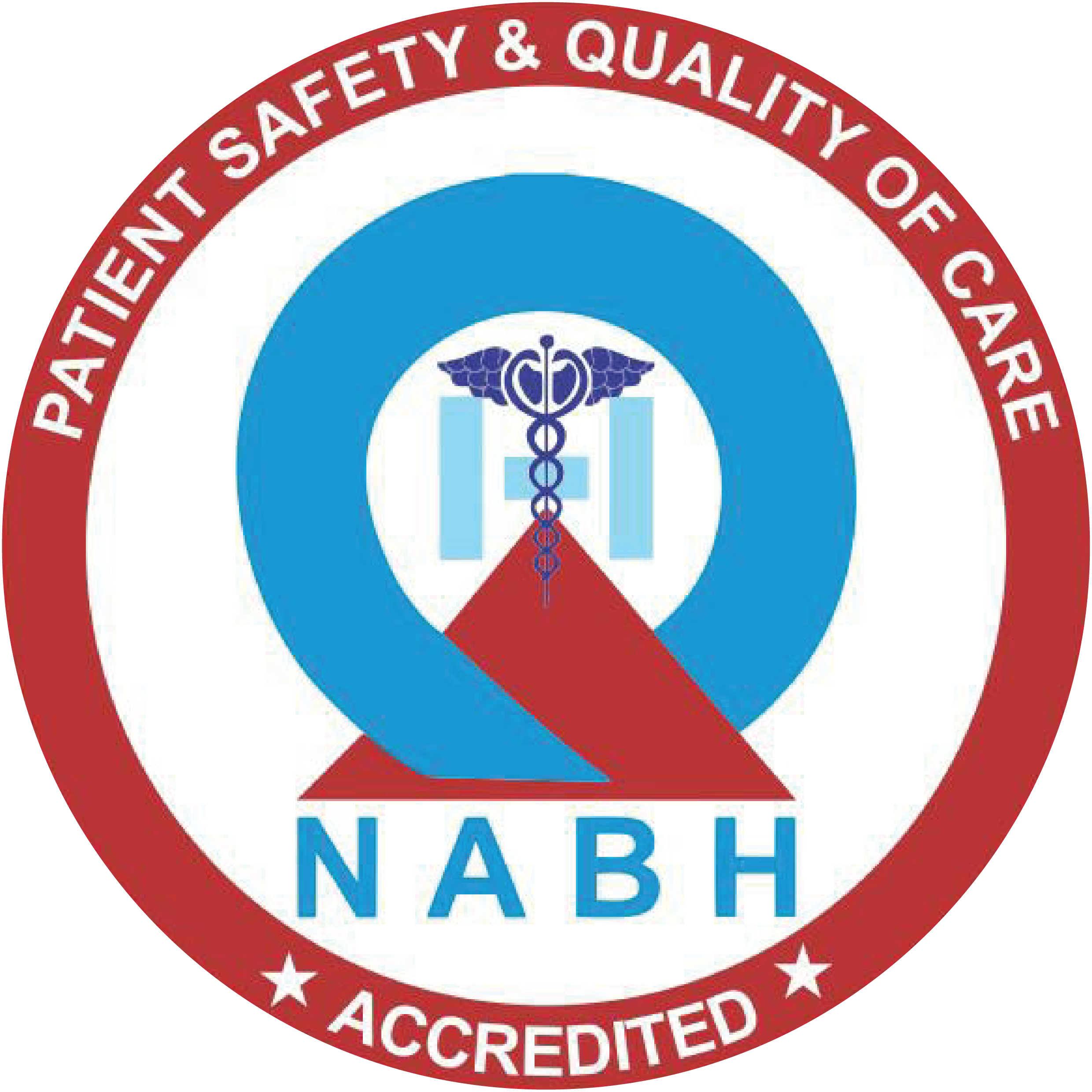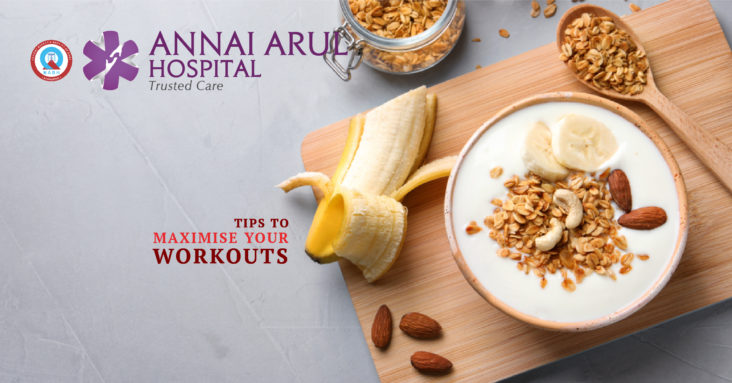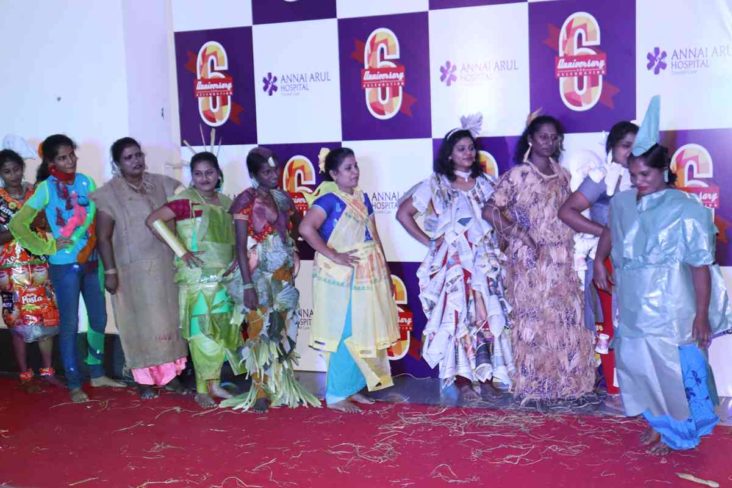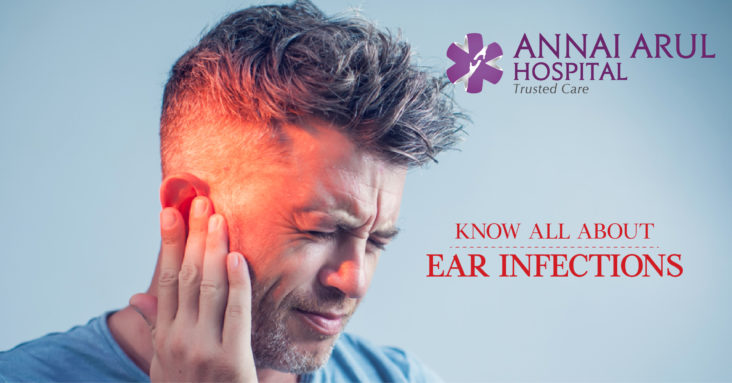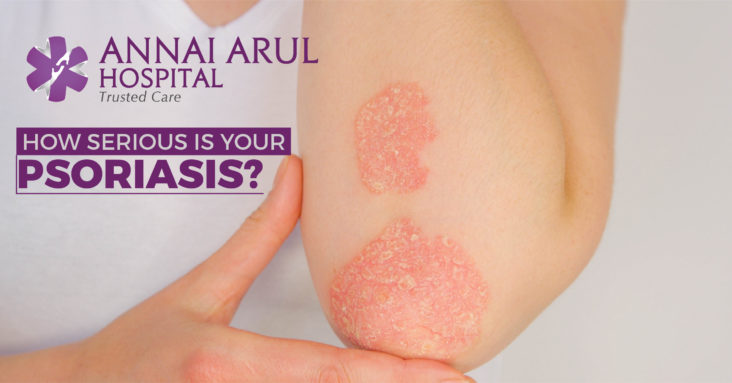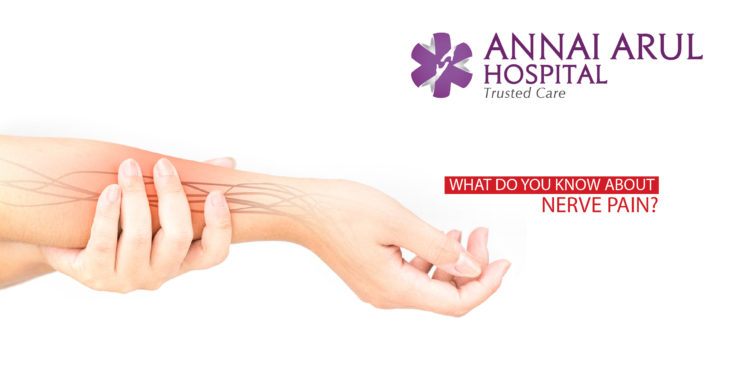It is no more a secret that when and what you eat has a remarkable effect on the outcome of your workouts or exercise. Here are a few well-researched tips on how to maximise your workout benefits.
Have a healthy breakfast
If you are a person who likes to exercise in the morning, it is better to finish your breakfast at least an hour before your workout. Doing so will give you energy and raise your blood sugar. When you do your workout, before taking your breakfast there is all possibility of feeling sluggish and lightheaded when you exercise. A good breakfast will consist of whole-grain cereals, whole-wheat bread, fruits like bananas, some yogurt and a cup of tea/coffee. Emphasis should be on good carbohydrates for maximizing energy.
Control food quantity
Be careful of what you eat and how much of it before you exercise. If it is a substantial meal, then eat it at least three to four hours before exercising. Small meals can be eaten two to three hours before workouts. If you feel hungry, you can have small snacks an hour before your scheduled exercise. At all these meals, be careful about the quantity since too much can make you feel sluggish and eating too less will not give you sufficient energy to stay active during the workout.
Have a good snack
Many people prefer to eat small snacks right before and during a workout. It is always good to do what feels comfortable for you within healthy norms. Snacks just before exercising will not give you an energy boost but they help maintain the blood sugar levels and prevent distracting you due to hunger pangs. You can choose healthy snacks like energy bars, yogurt, peanuts, almonds or light sandwiches with butter.
Eating after exercise
When you have a meal after your exercise, it helps your muscles recover. A meal that contains both protein and carbohydrates within two hours of exercise is ideal. Healthy post-exercise meals include yogurt and fruit, peanut butter sandwiches, pasta with meatballs and chicken with brown rice.
Drink enough fluids
Keeping yourself hydrated before, during and after a workout is essential. It is recommended to drink at least two to three cups of water beforeee a workout and follow it with two to three cups after the workout.
Usually, the duration and the intensity of your workout determine what you should eat and drink and it differs from person to person.It always depends on how you feel during your workout as well as how well you can perform an exercise. The best guide is your body which can help you determine the kind of diet you should follow.

